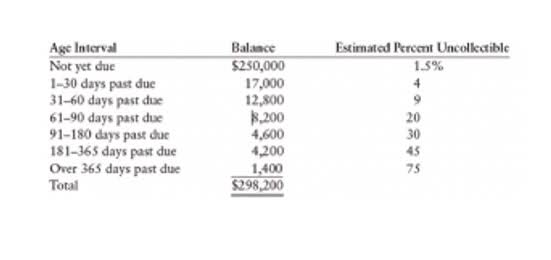
Business owners must create a list of key metrics used to manage a company, and that list should always include the current ratio. To work with the current ratio, you need to review each of the accounts in the balance sheet and consider how the current ratio can change. For example, a company’s current ratio may appear to be good, when in fact it has fallen over time, indicating a deteriorating financial condition. Companies with an improving current ratio may be undervalued and in the midst of a turnaround, making them potentially attractive investments. An asset is considered current if it can be converted into cash within a year or less. And current liabilities are obligations expected to be paid within one year.

If so, we could expect a considerable drawdown in future earnings reports (check the maximum drawdown calculator for more details). The value of current assets in the restaurant’s balance sheet is $40,000, and the current liabilities are $200,000. The simple intuition that stands behind the current ratio is that the company’s ability to fulfill its obligations depends on the value of its current assets. In this example, although both companies seem similar, Company B is likely in a more liquid and solvent position. An investor can dig deeper into the details of a current ratio comparison by evaluating other liquidity ratios that are more narrowly focused than the current ratio. For example, in one industry, it may be more typical to extend credit to clients for 90 days or longer, while in another industry, short-term collections are more critical.
Example of How to Calculate the Current Ratio
Generally, current ratios of 1 or greater would indicate ample liquidity. Companies can explore ways they can re-amortize existing term loans and change the interest charges from lenders. This can effectively delay debt payments and drop off the current ratio.
- Here’s a look at both ratios, how to calculate them, and their key differences.
- You can find them on your company’s balance sheet, alongside all of your other liabilities.
- Current assets that are divided by total current liabilities generate your current ratio, meaning it’s the ratio that determines if your business has sufficient current assets to pay current liabilities.
- For example, a financially healthy company could have a one-time, expensive project that requires outlays of cash, say for emergency building improvements.
- For example, in one industry, it may be more typical to extend credit to clients for 90 days or longer, while in another industry, short-term collections are more critical.
- We follow strict ethical journalism practices, which includes presenting unbiased information and citing reliable, attributed resources.
This ratio works by comparing a company’s current assets (assets that are easily converted to cash) to current liabilities (money owed to lenders and clients). Therefore, the current ratio measures a company’s short-term liquidity with respect to its available assets. Current ratios measure the ability of a company to pay its short-term or current liabilities https://www.bookstime.com/articles/customer-invoice (debts and payables) with its short-term or current assets, such as cash, inventory, and receivables. For very small businesses, calculating total current assets and total current liabilities may not be an overwhelming endeavor. As businesses grow, however, the number and types of debts and income streams can become greatly diversified.
Example 1: How to calculate current ratio from balance sheet
Some stock market sites will also give you the ratio in a list with other common financials, such as valuation, profitability and capitalization. The current ratio in finance compares the company’s current assets to its current liabilities, thus, evaluating whether a company computing current ratio has enough resources to meet its short-term obligations. This ratio is called a current ratio because all current assets and liabilities are included in the current ratio equation. This is different from other liquidity ratios like the quick ratio and cash ratio.
Walmart’s short-term liquidity worsened from 2021 to 2022, though it appears to have almost enough current assets to pay off current debts. A wide majority of current assets are not tied up in cash, as the quick ratio is substantially less than the current ratio. In addition, though its quick ratio only dropped a little, there are bigger changes in cash on hand versus the balances in accounts receivable. You can calculate the current ratio – also known as the current asset ratio – by dividing current assets by current liabilities. This is easy to set up on a balance sheet template using tools like Excel or Google Sheets.
How to increase current ratio
The quick ratio demonstrates the immediate amount of money a company has to pay its current bills. The current ratio may overstate a company’s ability to cover short-term liabilities as a company may find difficulty in quickly liquidating all inventory, for example. The current ratio may also be easier to calculate based on the format of the balance sheet presented.

